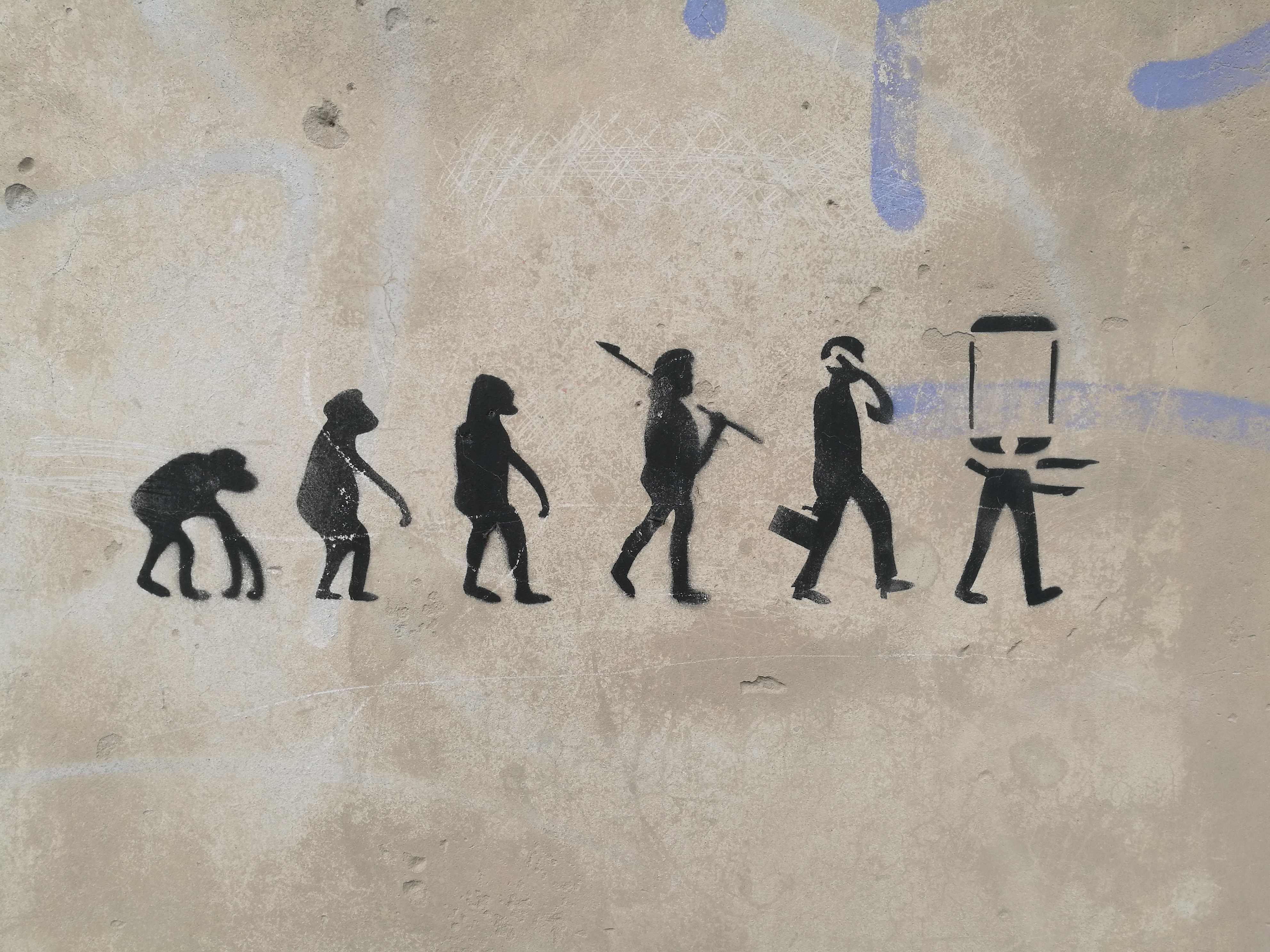So Where’s the 21st Century?
We’re in the second decade of a new millennium. Computers function at a speed beyond comprehension, social media is our primary news source, and space tourism has become more than a gleam in the idea of entrepreneurs. Why then, does everyday life continue to feel like a montage of reality show repeats?
While there are no guarantees, the future is the best platform we have for optimism, progress, and positive evolution. With a new millennium, comes the inherent expectation of a better life, a better planet, a better way to explore the universe. And yet, every day, in every region of the globe, the past is more present than the future.
For all the hope we rationalize to exist, the reality is not so easily forged. In 2000, world leaders created a goal to halve 1990 extreme hunger and poverty rates by the end of 2015 – an optimistic objective for a limitless future. Since 2005, progress towards achieving that benchmark has slowed. In its most recent report, the UN says 14% of the world’s population doesn’t have adequate access to food.
In the present, over 800 million chronically undernourished people, many of them children, want nothing more from the future than to go to bed hungry. In the new millennium, progress has different meanings.
The global challenges facing us today, and in the foreseeable future, are rooted in the unfulfilled hopes, broken promises and systemic failures of the past, political and otherwise. And despite nationalistic tendencies being voiced in many political corners, history and the present is showing us with undeniable reality – and video – that what affects one area of the world, inevitably affects us all.
Unless resolved, the most important issues facing us represent the biggest impediment to the arrival and futuristic experience of the 21st century. There is no order as they are all equally important: energy and the environment, global health, water resources, agriculture and food security, international security, population dynamics, human rights and more.
If we’re able to figure out the important stuff, lifestyles and living in the 21st century should be aesthetically stimulating, mentally invigorating, and spiritually satisfying. That’s the appropriate manner in which to welcome in a true new millennium.
For example, with the ubiquitous nature of virtual and augmented reality already a reality in this century, why isn’t it more widely utilized in daily living environments?
Imagine walking into your home, or office, and with the push of a button choose the environment you prefer. It’s 95 degrees in the middle of summer, you’ve just spent extended time outside, you’re sweaty, sunburn and magically…on the walls (floors, ceilings, and audio optional) late fall surrounds you. Once you start thinking futuristically, brick and mortar seem so last century.
Artificial Intelligence (AI) exists now and will only develop as we make decisions on the limits of its capabilities. We will harness the power of new and evolving technologies to conquer new horizons in the prevention and treatment of sickness and disease.
The list of 21st-century living enhancements spans every aspect of life. The only variable is our will.
And as with the challenges, the solutions are inexplicably linked. A true new millennium is more than a simple counting of years, it is a new accounting of those things which move us forward as an evolving species, deserving of our planet and place in the universe. For me, Gort was never an abstract concept.


